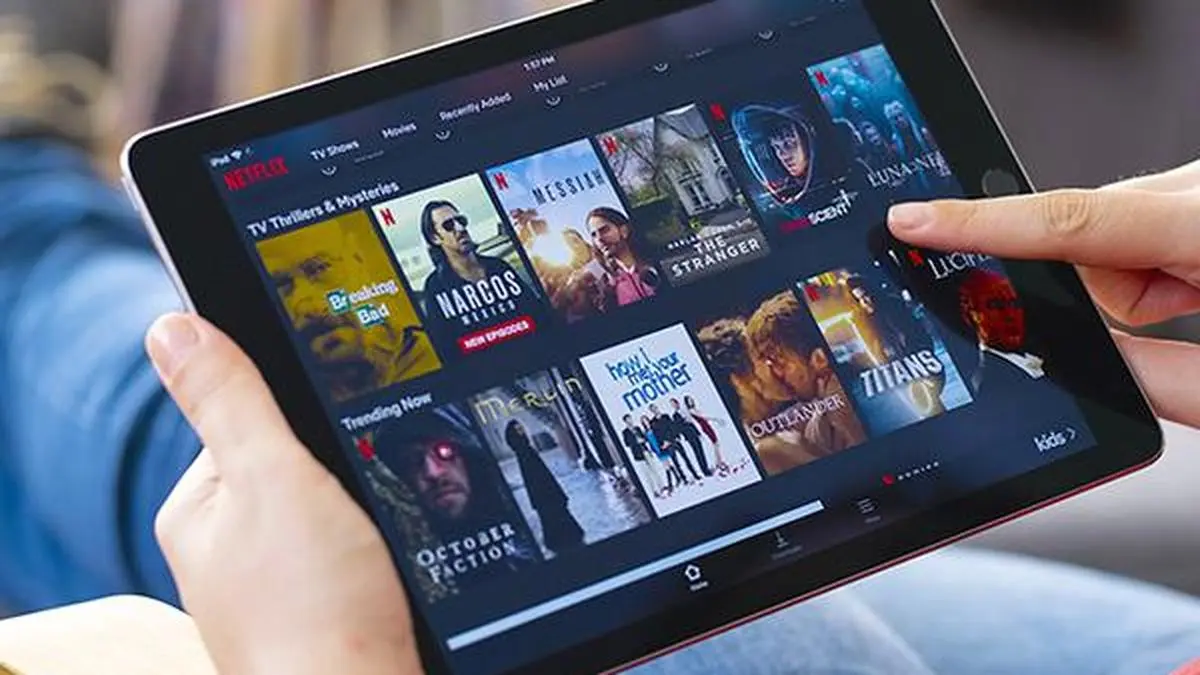2024 was a big year for spatial computing, bookended by the release of two major virtual reality headsets: the powerful but expensive Apple Vision Pro and the more affordable Meta Quest 3S . While these devices transport their users to vast, strange digital realms, they can also feel limiting, because they reduce—or even sever—the wearer’s connection to the real world. That’s where their lighter, more (um) wearable cousins come in: smart glasses.
Turns out, lots of people like a device that you can take out of the house and onto the street. There’s an incredible convenience to interacting digitally with the real world at the same time you’re actually looking at it, all without obscuring your view with a bulky headset or distracting you with a phone screen. These more approachable face computers have come a long way since the days of the Glasshole .

Smart glasses—which I’ll loosely define here as internet-connected eyewear with apps built into them—have crossed the divide from an era of goofy, unappealing wearables like Google Glass into genuinely useful devices that you might not even be too ashamed to wear in public. Ray-Ban Meta is the big dog in the smart glasses pack. Meta , a company whose reputation has been mired by its own often problematic uncoolness, has managed to leverage the long established cool factor of the Ray-Ban brand to make a range of smart glasses that people actually like.
They look nice and have real functionality that many people can.

























